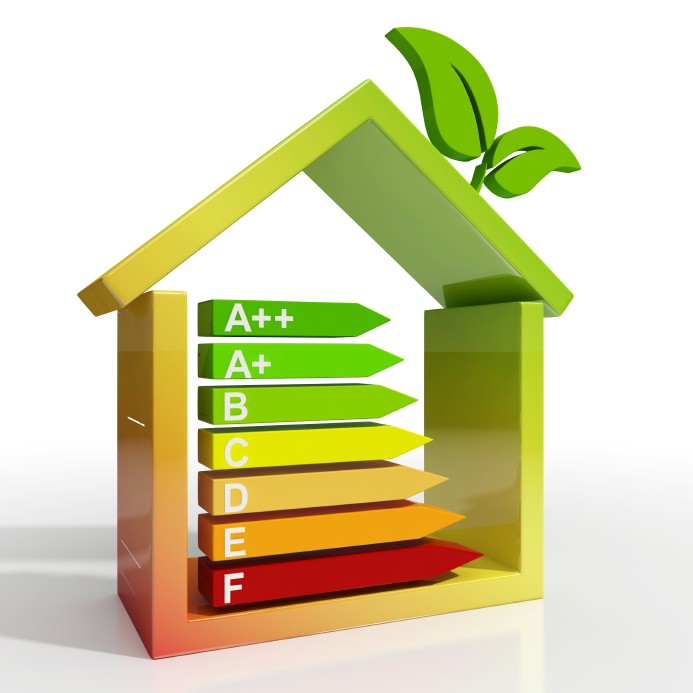Top Tips for Achieving a Better EPC Rating

It’s now almost just one year until rental properties must have an Energy Performance Certificate (EPC) rating of E or above. Landlords must start thinking about how to improve the energy efficiency of their properties as soon as possible.
In April 2018, new energy efficiency laws will require all rental properties to have an EPC rating of E or above. Those with an F or G rating will not be able to be rented out.
It is important that all landlords look at ways to improve the energy efficiency of their properties in the most cost effective way.
Not only will these measures benefit you as a landlord, by increasing the value of your property and making it more attractive to future tenants, but they will also help occupants save money on their bills.
These suggestions will help you stick to the law and keep tenants in your property:
Home insulation
Home insulation is one of the best measures you can invest in to reduce heat loss and improve your EPC rating. Positively, there are various Government grants available that cover a significant proportion of the costs, which means the insulation can often be installed with just a small initial expense. The options include:
External wall insulation

Top Tips for Achieving a Better EPC Rating
This type of insulation is suitable for homes with solid brick walls – usually those built before 1920. It’s quick and easy to install, causing minimum disruption, and has the extra benefit of improving the property’s appearance and value. External wall insulation can also increase the life of the property, by protecting the existing substrate from the weather and helping with condensation problems. The result is a reduction of up to 45% in heating loss, with annual savings of around £500.
Cavity wall insulation
This is also a quick process that is often complete in less than two hours. It is specifically for homes built post-1920, as the external walls in these properties are made of two layers with a gap, or cavity, between them. Cavity wall insulation fills that gap, keeping the warmth in to save energy. Typical savings of around £160 per year can be expected.
Loft insulation
An uninsulated or badly insulated house can lose up to 33% of its heat through the roof. Under Government recommendations, loft insulation should be at least 270mm think – typically made up of a 100mm layer running between the joists and a 170mm top layer running perpendicular to the joists. Cost savings are roughly the same as for cavity wall insulation.
Room in roof insulation
This type of insulation has become increasingly popular over the years, as more people choose to turn their loft into another bedroom or office. The insulation is installed by securing insulating batts to the walls and ceiling of the room, before slabs of insulation are fitted between them. The insulation is then covered with plasterboard and skimmed ready for decoration. This system could lead to savings of over £500 per year.
Smart storage heaters
Smart storage heaters store and then release heat at pre-set times and temperatures. Not only are they up to 27% cheaper to run than standard storage heaters, but they’re also up to 47% cheaper to run than electric convector heaters. Often, they come with a boost option for unexpected heat demands. Look for a smart option, which will benefit your EPC rating.
LED bulbs
LED bulbs may be more expensive than incandescent or halogen, but they use 90% less energy. They also last up to 25 times longer, which drastically reduces replacement costs, are safer to work with and are more environmentally friendly, as they do not contain any harmful substances like Mercury, which is often found in compact fluorescent lamp (CFL) and halogen bulbs.




